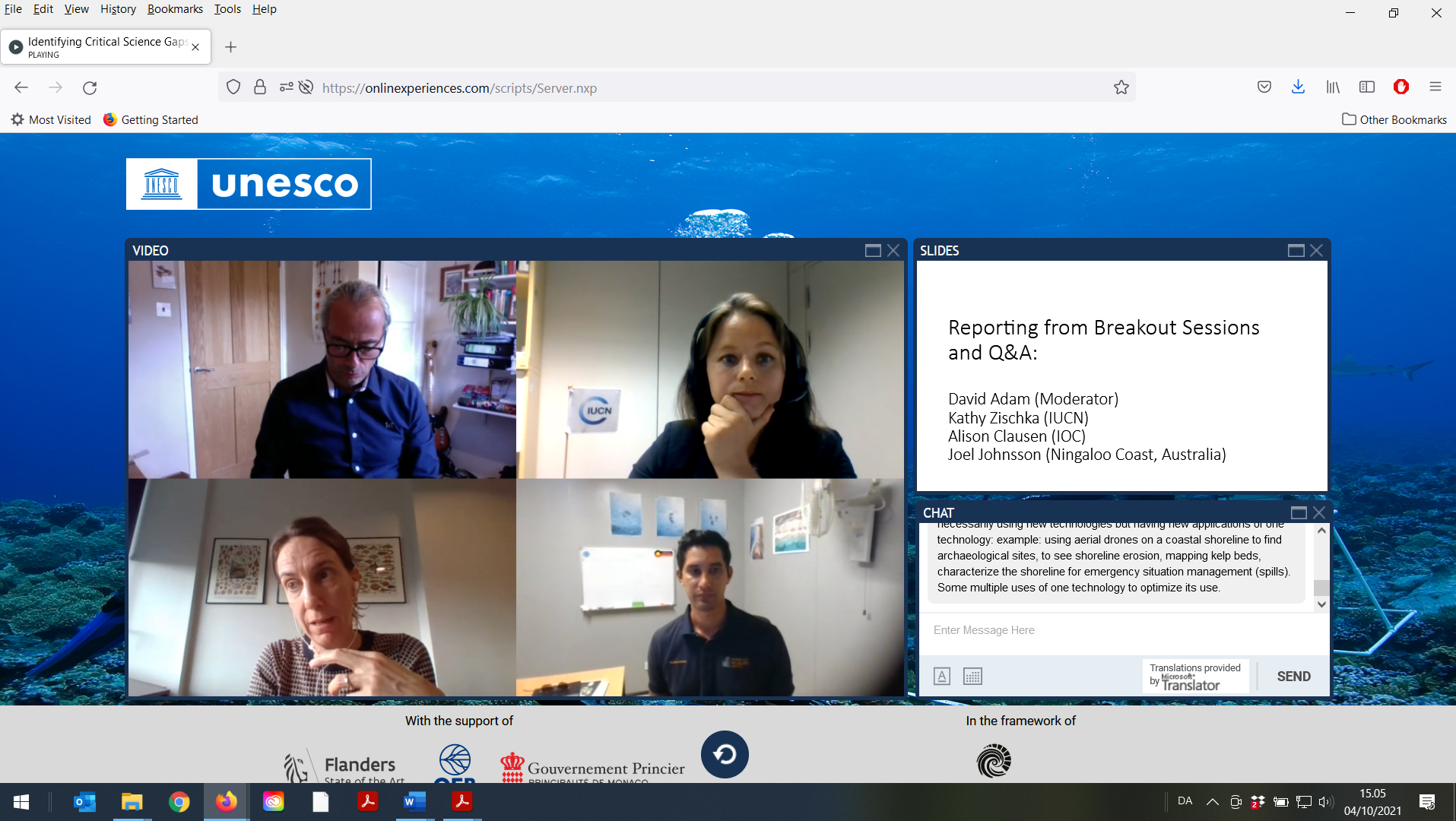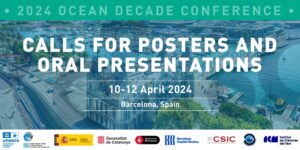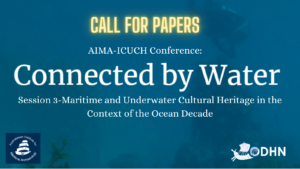Cultural heritage: a critical science gap of UNESCO Marine World Heritage Sites?
By Athena Trakadas, ODHN
Although the collective actions of many cultural heritage practitioners have been instrumental in getting aspects of cultural heritage included within the framework of the Ocean Decade, I think we all agree that more work is needed in applying integrated approaches in the management of Marine Protected Areas. Of the 50 MPAs of Sites of Outstanding Universal Value that are included on the UNESCO World Heritage Marine Programme List, only four include cultural heritage, as “mixed” natural/cultural sites: St. Kilda, in the Hebrides; Papahānaumokuākea, in the Hawaiian Archipelago; Ibiza in Spain; and Rock Islands Southern Lagoon in Palau.
Now that the Ocean Decade is underway, the desired transformation in marine science practices should include a variety of approaches and methods, including the understanding of how these are complementary to each other and help inform MPA management strategies. A handful of cultural heritage practitioners and ODHN members were present to advocate this point at the recent on-line UNESCO conference “Identifying Critical Science Gaps at Marine World Heritage Sites”. The day-long meeting, held on October 4, 2021, was comprised of plenary sessions and three break-out groups.
The conference objectives were to:
– Identify key knowledge gaps that currently impede the sustainable conservation of Marine World Heritage Sites;
– Identify obstacles to attracting the science needed for sustainable conservation, as well as solutions to overcome them;
– Develop the foundations of a roadmap for action in marine World Heritage sites throughout the UN Decade of Ocean Science for Sustainable Development.
There were three thematic break-out sessions in the afternoon:
Theme 1: Identifying Critical Technology & Innovation Gaps to Support the Ocean Science Needed to Understand and Manage Marine World Heritage Ecosystems
Theme 2: Critical Capacity Gaps that Hinder the Science Needed to Enhance Management at Marine World Heritage Sites
Theme 3: Establishing Long-Term Financing in Support of Science-Based Decision Making at Marine World Heritage Sites
(For a full program, please follow this link.)
A number of cultural heritage practitioners joined the conference’s second thematic break-out session. This hour-long session garnered 25 participants, with a moderator and notetaker.
Its guiding questions:
– In order to meet the critical knowledge gaps presented in the survey above, what are the key capacity development needs for marine World Heritage sites?
– What are typical barriers and solutions for determining research priorities?
– How can the necessary equipment be deployed to monitor impacts of climate change?
– How to set up management actions that build resilience to climate change impacts? And how to evaluate them as we continue through the Ocean Decade?
Cultural heritage could contribute to answering all of these questions. It was specifically pointed out for the second question that monitoring process for MPAs need to be adjusted and adapted to include broader identifications of heritage – some of these processes originated over a decade ago and are in need of updating, and in some cases, as they presently stand, lack any meaningful way to incorporate cultural knowledge.
For the third question, it was pointed out that cultural heritage provides another form of data collection ‘equipment’. The four “mixed” sites noted above already demonstrate how cultural heritage contributes greatly to understanding the impacts of and human adaptions to climate change. Through collection and inclusion of traditional knowledge, like in Papahānaumokuākea MPA, sites/areas are also representative of ancestral environments, where maritime living heritage can provide qualitative data such as information on fishing grounds and biodiversity, past and present. Built heritage – both coastal and under water (and those in between, intentional or not) – provide in some cases very measurable quantitative data of sea level rise, subsidence, and global warming. The Rock Island Southern Lagoon clearly demonstrates this, as its 17th and 18th century settlement sites were abandoned due to impacts from climate change. Underwater sites – their components and as a coherent whole – can also indicate baselines on pollution, biodiversity, etc.
Cultural heritage is also very present in answering the last question – the aspects mentioned above can be incorporated in management actions to evaluate resilience to climate change impacts. Fortunately, there is extensive literature on resilience theory as it relates to societies. Applying it to UNESCO Marine World Heritage Sites would recognize that ultimately all marine sites are cultural sites.
These points were well received and reported in the final plenary session. The ODHN-led “Cultural Heritage Framework Programme” was also held up as an example of an endorsed Decade Action advocating for integrated marine heritage management by Alison Clausen, of the Decade Secretariat and one of the reporters of the second break-out session and conference.
We will keep you updated on reporting and any further actions from this meeting. It is but a step in getting cultural heritage a place at the table in other relevant UNESCO fora.




